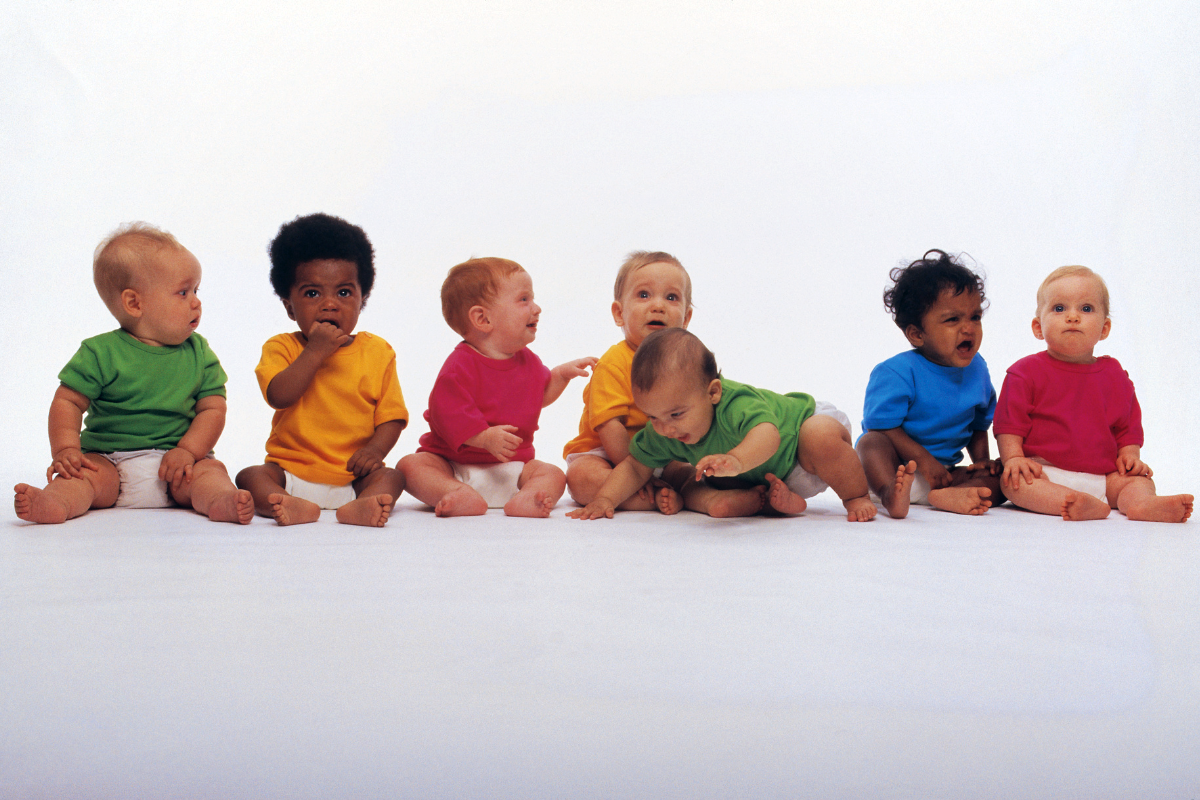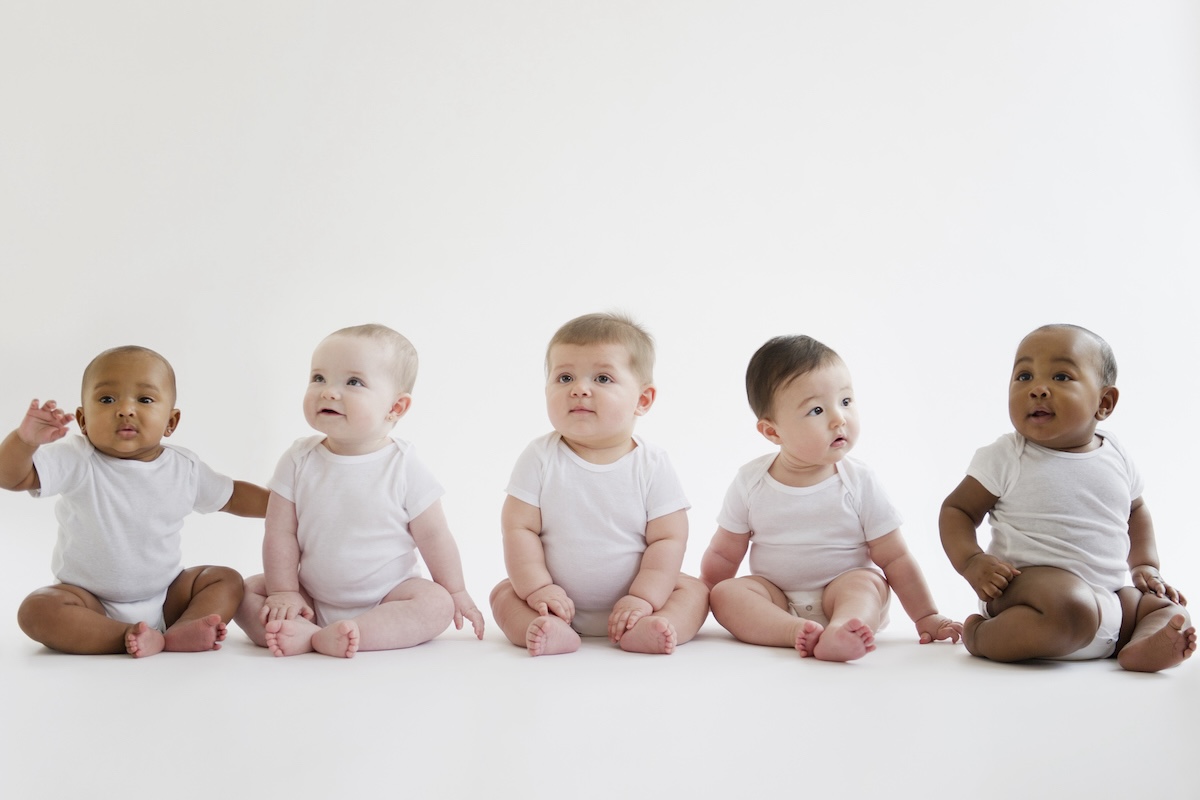What determines the sex of your baby? More specifically: Is the biological sex of your child random? A paper from July 2025 suggests perhaps not; that biological sex might be a “weighted coin toss,” with some women more likely to have male children. Is this true?
To understand this, some background information is useful. First: it is broadly agreed that the sex ratio at birth is skewed towards boys – about 51% of babies born are biologically male. This reflects evolutionary pressure towards having equal numbers of men and women at reproductive age; since boys and young men have higher mortality rates, you need more male births to equalize.

What is more up for debate is whether some couples are more likely to produce offspring of one sex or another. This question turns out to be a little tricky to answer, because it interacts with parental sex preferences. In the US, for example, parents often like to have a mix of boys and girls, which means that (for example) if the first two children are the same sex, they are more likely to have a third (this is called “coupon collecting,” for some reason). This fact means that if you look at families with two children, they are more likely to be MF or FM relative to FF or MM. This means if you only observed families with two children, you’d mistakenly conclude that having had a boy means you’re more likely to have a girl next time, and vice versa.
This issue (and related ones) makes this a slightly challenging question for data, but it turns out there are ways to examine this. First, you need to have considered the entire birth history of the group you are studying to do this – you need to take into account the people who continued having children after having two boys, for example.
To achieve this, researchers can take one of two approaches. The first is that you could look at whether, after a string of boys or a string of girls, the next birth is more likely to be a boy or a girl. The second option is to use the entire population and ask whether the sex of any given person is correlated with the sex of their siblings. If some women or men are more likely to produce male children, then men should be more likely to have brothers.
The paper from July 2025 uses the first technique. They use survey data from about 150,000 births to 50,000 women. They apply a statistical model to the data, which asks whether the data suggest that some families are more likely to have boys. If this is the case, one thing you would observe is that if a family has several boys in a row, the next birth is more likely to be a boy. The authors argue that, based on their calculations, this is indeed the case. For example, their model suggests that after three boys, there is a 61% chance that the next child is a boy, and after a string of three girls, there is a 58% chance that the next birth is a girl. These differences are very big, and this fact is surprising.
I am, however, skeptical.
The primary issue is that, although this sample is large, it is not very big for the details of the question they are asking. For example, in their data, there are only 145 cases in which three boys are born consecutively, followed by another birth. This relatively small sample means that many of the results in the paper are driven by the statistical model, not by the raw data. In some cases, the raw data actually looks quite different.
The bottom line is that to conduct this kind of analysis effectively, you need a substantial amount of data. And, luckily, there is at least one other paper that has that. In 2020, a paper was published that included 4.7 million births – the entire population of Sweden from 1932 onward. With 300 times as many births, the authors can be much more precise in this case. They take a slightly different approach – looking at whether an individual’s sex is correlated with their siblings’ sex – but it’s the same question.
And in that giant sample, with so many births and so much precise data, they find…nothing. There is no heritability of biological sex, no sense that having had more boys means the next child is likely to be a boy. This makes me even more confident that the results in the 2025 paper are a statistical accident.
Community Guidelines
















Log in